The kitchen is the heart of the home. From the aroma of freshly baked bread to the sight of a steaming cup of coffee on the counter, everything about the kitchen evokes warmth, wholesomeness, and creation.
Want to make your kitchen even more inviting? Instead of redecorating, a better idea is to have a green kitchen. Not only will it make you want to spend more time in the kitchen, but it’s also a great way to get rid of old habits and develop healthier, more sustainable ones.
For starters, here’s a list of unsustainable kitchen items that you should probably skip the next time you’re doing your groceries (for the sake of the environment) — and our recommendations on what you can use instead:
Contents
1. Paper Towels
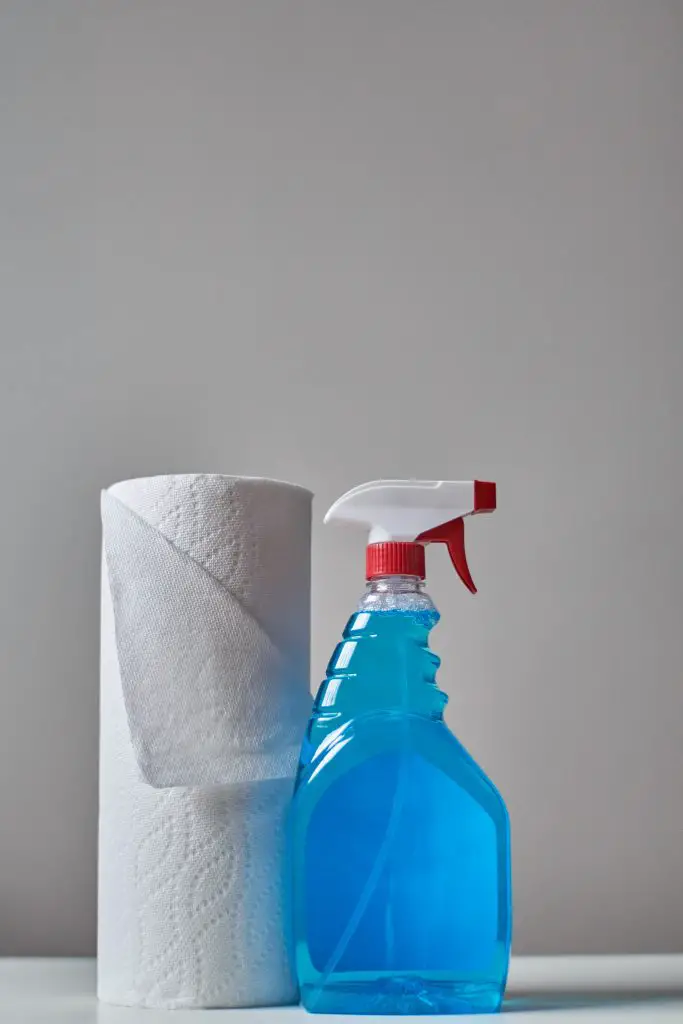
A staple of almost every home since their introduction in the 1930s, paper towels are convenient for cleaning spills in a jiffy and drying hands and miscellaneous kitchen items, but their environmental footprint leaves a lot to be desired. Here are some reasons to rethink stocking up on kitchen rolls in your pantry:
- Usually made of virgin pulp: It takes 17 trees to produce one ton (or 2,000 pounds) of paper towels. Multiply that by the number of paper towels that are consumed in a year (more than 6 million tons in the US alone), and that easily amounts to 110 million trees cut down to be processed as virgin wood pulp.
- Water-intensive: It may not seem obvious, but just like other paper products, producing paper towels requires vast amounts of water — 130 billion gallons yearly, to be exact.
- Greenhouse gas and waste creation: Every year, more than 250 million tons of used paper towels are discarded. Majority of these end up in landfills, where they emit methane as they decompose. (That doesn’t include the carton tubes that most of us mindlessly throw away once our roll of paper runs out.)
What You Can Use Instead

Good: Recycled paper towels
If using disposables is unavoidable (say, if you need something to pick up pet waste), then at least go with the lesser evil. Here’s a rundown of how using paper towels made of 100% post-consumer content is better than using one made of virgin paper:
- saves 3,700 pounds of virgin wood pulp from lumber
- reduces water consumption by 50 percent
- creates 74 percent less air pollution.
The bad news? Recycled paper towels are still single-use, meaning they’ll probably still end up polluting landfills. That said, make sure to get the unbleached kind so you can throw it in the compost bin.
Better: Reusable cloth towels
They go by different names: washable dishcloths, paperless towels, cloth napkins, and kitchen cloths, to name a few. These versatile kitchen staples are usually made of sustainable materials like bamboo, cellulose, and renewable cotton.
Keep a pile of these in your drawers or anywhere you’re likely to reach out for a kitchen towel. As soon as you’re done, you can toss them in the wash, or if they’re not too dirty, you can just give them a quick rinse with warm water and hang them by the window or on your oven rack to dry.
Best: Old sheets, pillowcases, towels, shirts
Instead of buying brand-new, why not give your old threads new life? Any cloth scrap you have lying around and that’s absorbent is a great substitute for disposable paper towels. You can cut them into squares (additionally, you can serge the raw edges to keep the threads from running loose) and store them in your kitchen drawer.
2. Kitchen Sponges
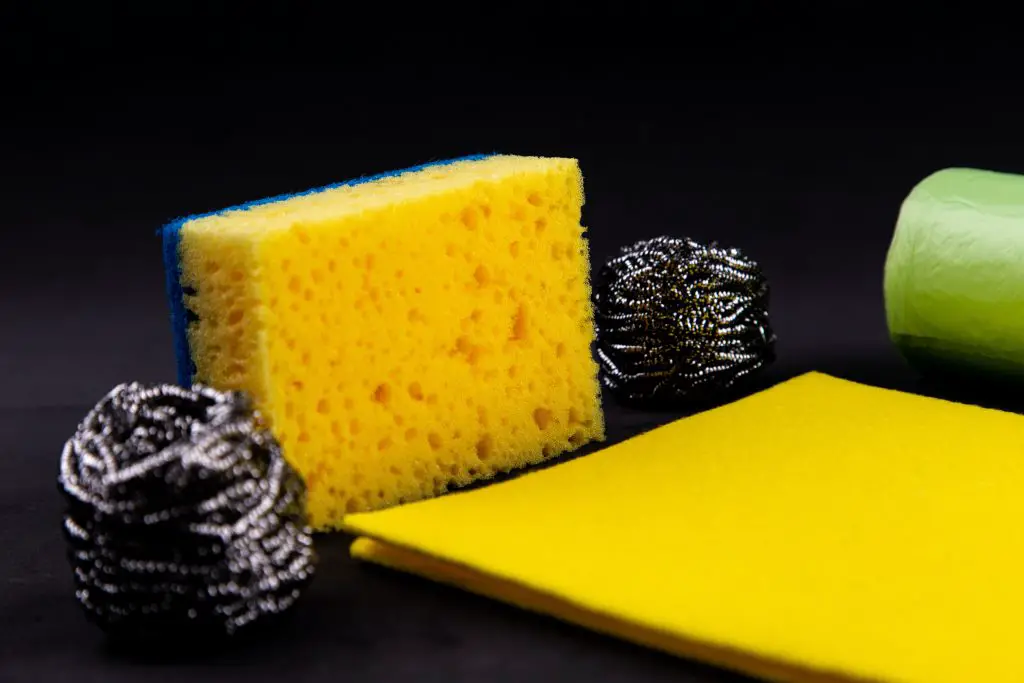
When was the last time you replaced your kitchen sponge? If you can’t remember, then you’ve probably been using them far longer than what the experts recommend.
The Internet is rife with warnings and horror stories on how your kitchen sponge is perhaps the filthiest item in your kitchen (and your entire home even, trumping even your toilet seat). Think about it: they’re almost always wet, and it’s nearly impossible to clean the tiny food particles that get into their pores, making them the perfect haven for bacteria to thrive and multiply.
That, and the fact that they’re fossil-fuel derived, disposable, and have to be replaced often make them an environmental nightmare: not only do kitchen sponges contribute to landfill waste, they are also a microplastics hazard if they end up in the ocean.
What You Can Use Instead
Good: Silicone sponges and scourers
They work just like your regular yellow-and-green sponge, except they’re made of longer-lasting silicone (making them good for around 3 months’ use).
Silicone is antimicrobial and water-resistant, making it perfect for cleaning kitchen utensils since it dries easily and is less likely to harbour bacteria. Still, if you want to be sure, you may safely boil it or toss it in the microwave or dishwasher for easy disinfecting.
The downside? Silicone cleaners, especially scourers, don’t lather as well as a kitchen sponge and your dish soap might end up sliding off it. Also, while silicone is recyclable, it often still ends up in the landfill since users often mistake it for plastic (which is more of a consumer problem).
Better: Natural dish sponges, scourers, and brushes
They come in various forms: some have long wood, wire, or bamboo handles. They’re also made of an assortment of natural materials: coconut fibre or husk, cellulose (from wood fibres), or hemp are some of the most popular. Their common denominator: they’re made of sustainable materials, so you can scour and scrub away with no guilt.
Best: Loofah
They’re great for sloughing off dead skin cells in the shower, but did you know that loofah — the fibrous flesh left after drying a sponge gourd’s fruit — also work wonders in the kitchen? They’re non-abrasive (making them great for washing glassware), and they dry easily. Once they’ve reached their useful life (around 3 to 4 weeks), you can simply toss them in your compost. If you’ve got spare space in your garden, you can grow sponge gourd and never have to spend a single cent on kitchen sponges ever.
3. Cling Film
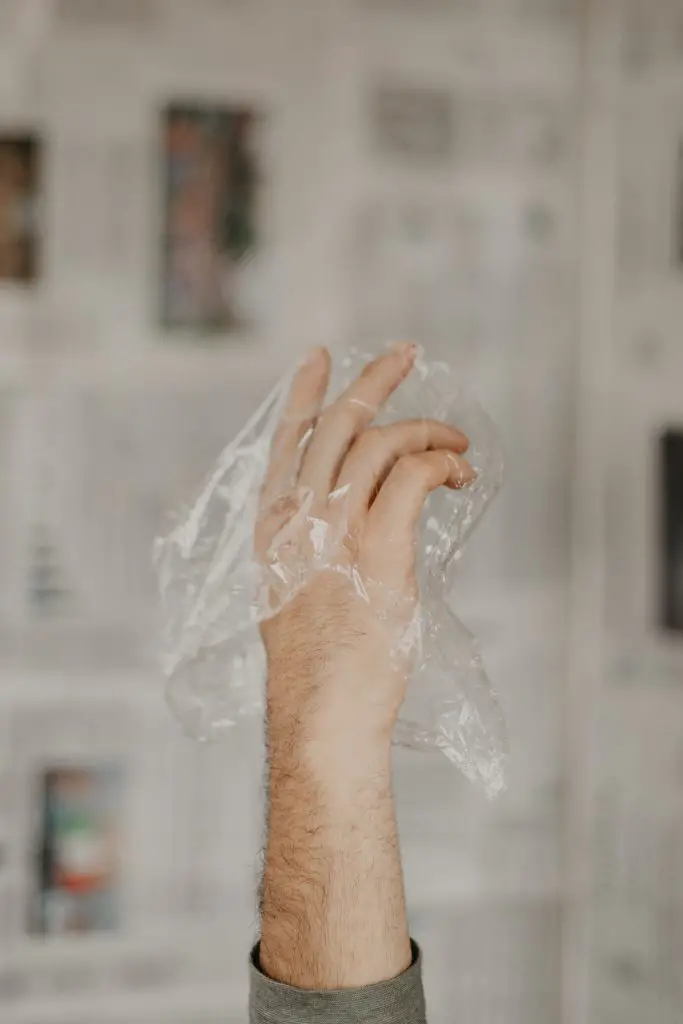
They’re commonly used in baking preparation and for wrapping leftovers and produce to keep them fresh longer. But for all the convenience they promise, our dependence on cling film doesn’t come without an environmental cost:
- Toxicity: Cling film made of PVDC (polyvinylidene chloride) or PVC (polyvinyl chloride), whether they end up in incinerators or landfills, can emit toxic chemicals like dioxin.
- Marine Pollution: Cling film that ends up in our oceans break down into microplastics that harm marine life that ingest them.
- Poor recyclability: While the raw materials that make up cling film are recyclable, recyclers often refuse them because they end up clogging machines.
What You Can Use Instead
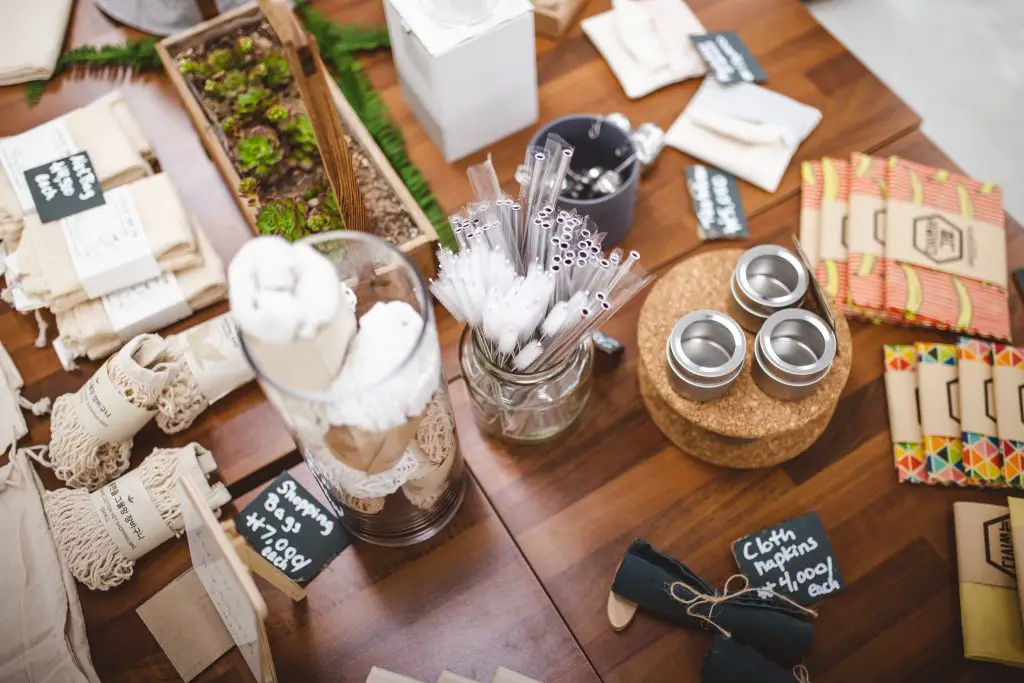
Good: Tinfoil
For storing food and keeping it fresh, aluminium foil is a better alternative to plastic wrap — so long as you use the recycled kind, you reuse it, and recycle it afterward.
Contrary to popular notion, tin foil can be reused (just make sure to give it a good wash); it is also infinitely recyclable. That said, mining the ores needed to make aluminium still comes with a heavy carbon footprint, so make sure to check if your tin foil is made from post-consumer content.
Better: Airtight silicone lids
They’re reusable, airtight, nontoxic, and most come in one-size-fits-all sizes that make them compatible with any size bowl or container. They’re also extremely versatile: you can use them in the freezer, in either a conventional or microwave oven, or on a stovetop (as an unbreakable cover for your pot or saucepan).
Best: Reusable beeswax wrap
Beeswax wraps have been gaining popularity lately. They’re organic (so you don’t have to worry about nasty chemicals leaching onto your food) and extremely versatile (you can use them for basically anything you would normally use plastic wrap for) — not to mention they come in an assortment of attractive designs and patterns.
The good news? You can even DIY your own reusable wrap! Just cut a piece of (clean) cloth to your desired size, lay it flat on a baking tray, place grated beeswax enough to cover the entire surface, and heat it in the oven just until the beeswax melts (making sure not to burn it). Once the wax coating wears off (it will after several uses and washes), you can just repeat the process.
Also Read:
3 Reasons to Avoid Nonstick Cookware (and 3 Eco-Friendly Alternatives You Can Use Instead)
110 Simple Hacks for a More Eco-Friendly Life
8 Eco-Friendly and Sustainable Furniture Brands for Your Green Home
4. Click-Seal Bags
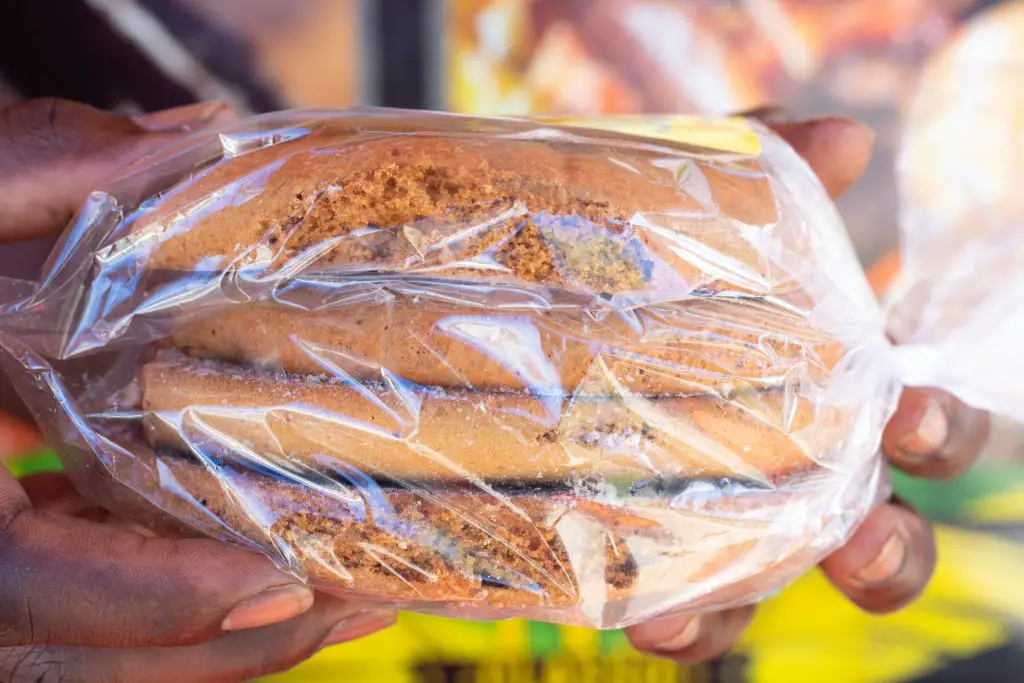
They’re called different names depending on which part of the planet you’re from: ziplock bags, zip-top bags, vacuum-seal bags. Yes, these air- and watertight resealable bags are handy for storing meats, produce, and leftovers in the freezer or the crisper and for stowing away snacks or sandwiches in your bag. Not to mention they’re cheap. But here are a few things you may want to consider the next time you reach out for a bag:
- They’re not very durable: While they’re marketed as reusable, storage bags can only be washed a limited number of times before they wear out (and you don’t want to reuse them after you’ve used them initially to store raw meat, as they may still harbour pathogens even after giving them a thorough wash).
- They’re plastic: Click-seal bags are made of low-density polyethylene, which almost always comes from crude oil. Although they are recyclable, the majority of curbside recycling programs refuse them since they end up clogging the machine. So they’ll most likely end up in landfills where they’ll likely languish for a long time, or worse, in the ocean, where they’ll pose a threat to marine life.
- They’re a possible health hazard: While most storage bags are BPA and dioxin free, they still contain additives that can possibly leach into your food.
What You Can Use Instead
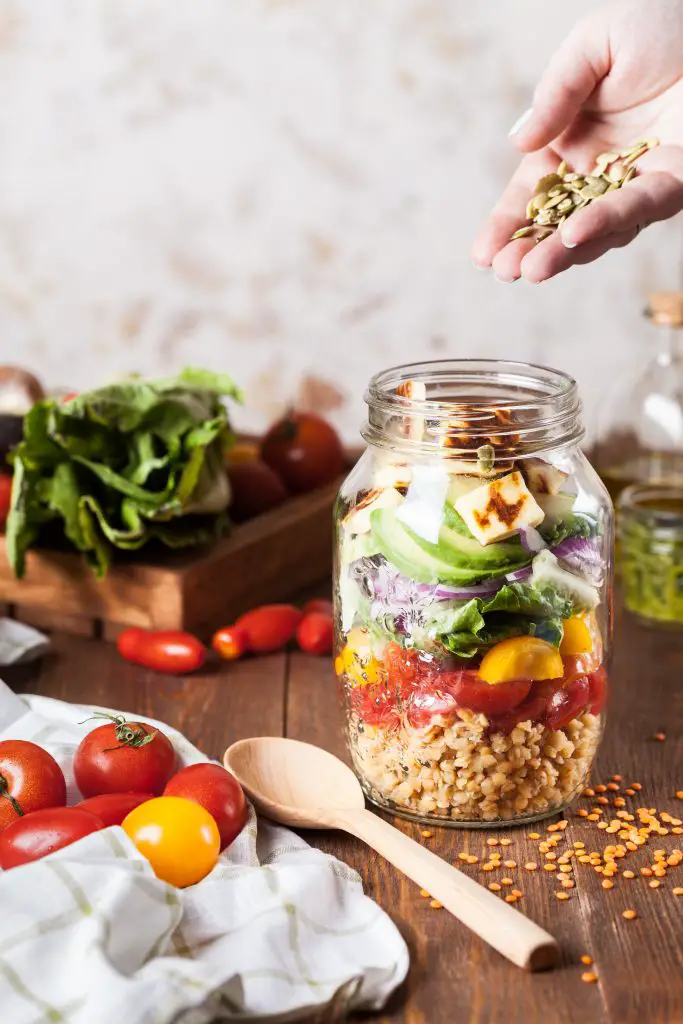
Good: Silicone storage bags
Instead of cheap and flimsy plastic, go for resealable storage bags made of silicone, which is not only more durable, but is also safer to use with food. You can use silicone storage bags safely in the freezer, microwave, and the dishwasher — plus they’re great for cooking sous vide too.
Better: Glass storage containers

For storing leftovers and meats, why not use glass storage containers? Glass containers are versatile and durable — they can go in the freezer, dishwasher, oven, and microwave without issue.
Additionally, glass is nonreactive and nontoxic, so you won’t have to worry about dangerous chemicals leaching into your food. Glass is an endlessly recyclable material too. The only downside is that they’re heavy and not very space-savvy.
Best: Stainless-steel containers

If you’re put off by the bulkiness of glass, go with 100% recyclable stainless-steel containers. When it comes to variety of use, they’re equally as flexible as glassware, minus the weight. They’re great for storing meats too since their surface doesn’t absorb bacteria. The downside? While they’re dishwasher-, refrigerator-, and oven-safe, stainless steel is not microwave compatible.
5. Plastic Chopping Boards
Here’s another kitchen staple you should replace stat. Why? Plastic cutting boards are bad for a number of reasons:
- They’re a haven for bacteria: Each time you use your cutting board, your knife nicks or scores the surface, leaving grooves where illness-causing bacteria can easily multiply. Unfortunately, these hairline cuts are near impossible to disinfect even with bleach.
- They’re not sustainable: Because of their tendency to wear out and get icky quickly, you’ll likely go through plastic cutting boards a lot more quickly than their wood equivalent. That leaves you with the next dilemma: How do you dispose of it properly? You can recycle it
- They’re harmful to marine life: Each time you place your nicked plastic cutting board in the dishwasher or give it a good brush or scrub down, you’re sloughing off microplastic fibres from the surface. If these don’t end up on your plate (and inside of you), these fibres will eventually get released into the ocean.
What You Can Use Instead

Good: Hardwood Cutting Boards
Wood has long been thought of as inferior to plastic when it comes to being sanitary. But as it turns out, while wood is porous (and plastic isn’t), it actually does a better job of keeping bacteria (including salmonella) away from your board’s cutting surface (where it can eventually come in contact with and contaminate your food).
An added bonus: it won’t dull your knife as quickly as plastic. With proper seasoning, hardwood cutting boards can last a long time.
Better: Bamboo cutting boards
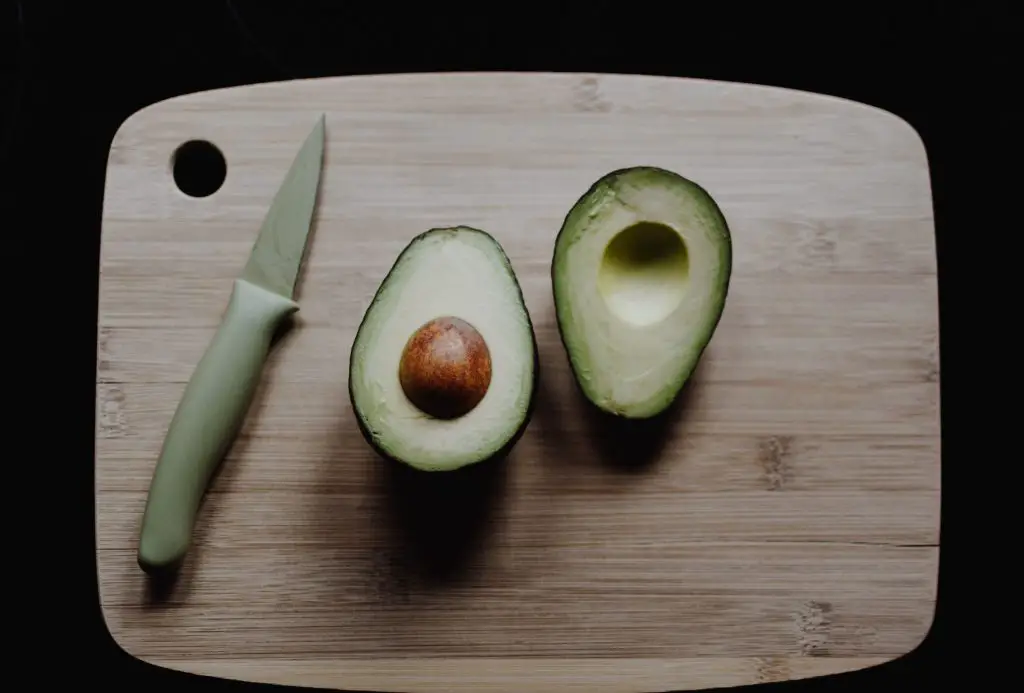
Bamboo is a great material of choice for cutting boards since it’s renewable; harvesting bamboo will not kill the plant, and it only takes 3 to 5 years to renew and harvest a new batch.
Bamboo also has natural antimicrobial properties. Once your bamboo cutting board has reached the end of its life, you can upcycle it or compost it. Just remember to go for bamboo chopping boards that are bonded with formaldehyde-free glue.
Best: Paper-based cutting board
I think we’re all in agreement that there is already way too much waste in the world right now. So it’s always a good idea to hear about products made of post-consumer content that actually work great. Paper-based cutting boards are one of them.
They’re gentle on your knives, are safe to use in the dishwasher, and are 100% nonporous. There are a variety of brands that manufacture recycled paper-based cutting boards. Your best bet is one that makes their boards without petroleum-based resins.
The Bottom Line
Going the eco-friendly route isn’t always easy, nor is it the most convenient. However, it pays off in the end, especially when you know that you’re making sacrifices for the good of the planet. Make it a mission to switch to reusable and sustainable wherever possible; pretty soon, it’s going to become second nature to you.
Other Articles That May Interest You:
10 Ways to Make Money While Saving the Environment
10 Easy Upcycling Ideas to Help You Repurpose Everyday Household Items
To Sustainability and Beyond: 9 Earth-Friendly Podcasts Worth Listening To

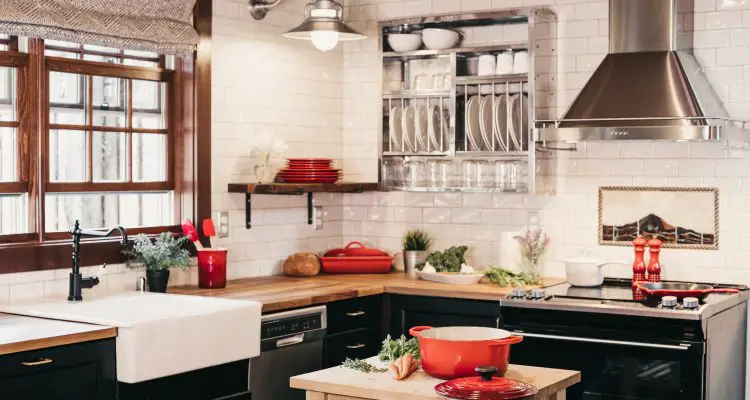
Leave a Reply